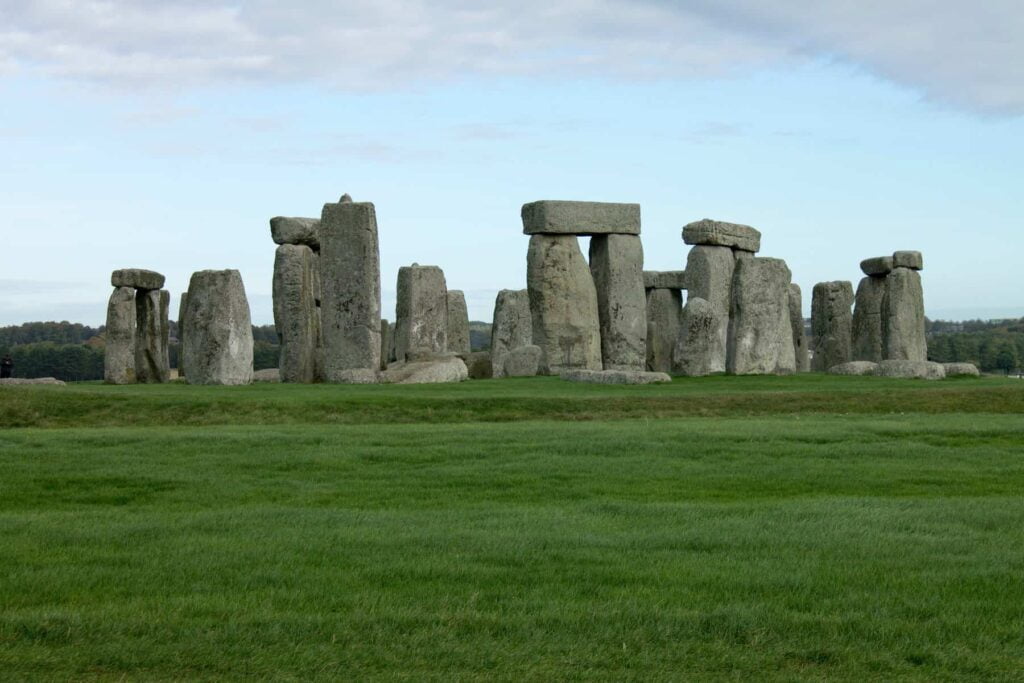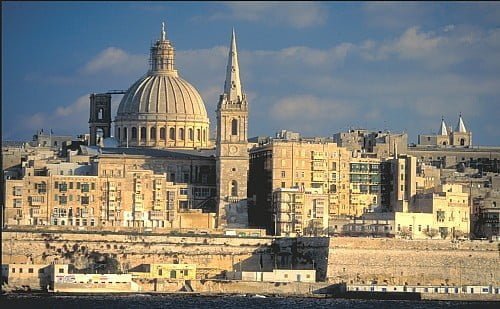Aside from its postcard-perfect scenery and lively nights in Paceville, Malta has a rich history due in part to its strategic position at the heart of the Mediterranean. So My Little Malta thought it would be interesting to give you a summary of the key moments in Malta’s history. Because visiting Malta is good, knowing its history is better!
Many travelers wonder why English is used so much by the Maltese at the expense of theMaltese language. Why there is so much Italian, French, British and Arab influence on these islands in the center of the Mediterranean. What was the role of the Maltese archipelago during the war? What is this story of theOrder of Malta and the knights that we hear about in Valletta ?
We will answer all these questions about thehistory of Malta and Gozo but also about the more recent politics of the archipelago. Concerning thestate of the Republic of Malta, the place of the President and the Prime Minister and finally the place of Malta in theEuropean Union.
The beginning: Prehistory in Malta
- It is at this period that Malta has known a first human presence. Indeed, around 5200 BC, groups of fishermen coming from Sicily settled on the island and set up an important civilization.
- Traces of this can still be seen today with temples that predate the Pyramids of Egypt such as Skorba, the construction of the temples of Hagar Qim, Mnajdra, Tarxien and Ggantija in Gozo.
- The most precious prehistoric object is found in the underground of the Hypogeum of Hal Saflieni. Visitors can see it by booking well in advance at the National Archaeological Museum.

Succession of powers during antiquity in Malta
- Around 800 BC, the Phoenicians set up a colony. A century later, the Greeks founded in their turn a colony at the site of the current Mdina . According to the Bible, the apostle St. Paul arrived in Malta in 60 AD. He and Jesus Christ spread Christianity throughout the archipelago. It is said that he took refuge in the catacombs of St. Paul and spent some time in Mdina until he returned to Rome to be tried.
- Around 400 BC, Malta was taken over by the Carthaginians of North Africa and came under the control of Carthage. The island was thus involved in the wars between Carthage and Rome.
- In -218, the Roman Empire took over Malta.
The Middle Ages in Malta
- During the period from 870 to 1090, the island was occupied by the Arabs who gave Malta a large part of their culture and made Mdina the capital. This long occupation has left some marks behind, especially in the Maltese language which has a strong Arabic sound.
- In 1090, Count Roger the Norman, coming from Normandy and King of Sicily, seized the island. At that time, the various religions were able to live together intelligently.
- In 1127, the island was under Sicilian rule. The Muslims were driven out and the population was re-Christianized, but the Arabic language was still present.
The Renaissance in Malta
- In 1530, Charles V, German Emperor and King of Spain, offered Malta to the Order of the Knights of St John of Jerusalem. This order was later named the Order of Malta. In anticipation of the numerous pirate attacks, Mdina, the capital of the island, was then located inland, then quickly moved to the seaside, protected by the fortifications that protected them as Fort St. Elmo. They settled mostly in Senglea, Cospicua and Vittoriosa, the Three Cities of Malta.
- In 1565, it is the Great Siege of Malta. It was at this time that the Order won the battle against the Ottomans who forced them to flee the island.
- It is between 1566 and 1571 that the new capital is built, closer to the sea this time. It will bear the name of the Grand Master of the Knights of the Order: Jean Parisot de La Valette. The island was then covered with prestigious monuments such as the Palace of the Grand Masters in the new capital, Valletta.
The modern era of Malta.
- In 1798, Bonaparte drove out the Order of Malta and seized the island. Faced with the French occupiers, the Maltese called on the English.
- Through the Treaty of Paris, Malta became a British colony in 1814.
- On September 21, 1964, Malta became an independent country, but it belongs to the Commonwealth.
- Malta became a Republic in 1974 and its first president, Anthony Mamo, was elected.
- The unitary state of Malta was then a republic with a parliament.
- Their functioning is similar to that of France, they have a president, who appoints the prime minister.
- The law is made by Europe, the Maltese government with its ministers respecting the constitution.
- In 2004 Malta joined the European Union and then the euro zone in 2008.
- In 2017, the Presidency of the Council of the European Union was Maltese and made the whole population proud.
- In 2018: Crowning of several years of preparation, Valletta becomes European Capital of Culture for 1 year.
In recent years, Malta’s economy has been mainly driven by its financial system and is a stronghold for tourism in Europe and the World.
It is understandable why so many travelers want to visit Malta with its history, strong traditions and beautiful beaches and coves.
Now you know all about the history of Malta. Do not hesitate to share with us, if you have any other information!

